1% to 10%, break through! Aiming at overseas "track" enterprises to usher in new business opportunities and new development
CCTV News:At the beginning of 2024, in Zhejiang, a major foreign trade province, many enterprises have embarked on a new journey of "going out to sea" to grab orders. Not long ago, Zhejiang released the foreign trade data of the whole province in 2023. In 2023, the total import and export volume of Zhejiang reached 4.90 trillion yuan, a year-on-year increase of 4.6%. Among them, the export was 3.57 trillion yuan, an increase of 3.9%; Imports reached 1.33 trillion yuan, up 6.7%.
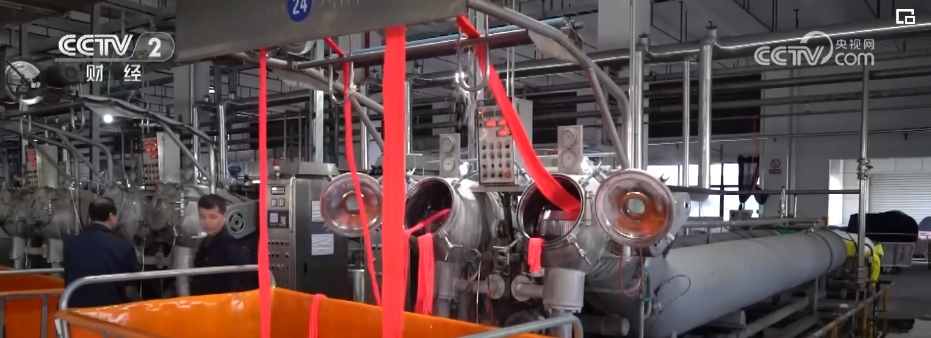
Zhejiang Province proposes that it will do everything possible to stabilize foreign trade and optimize foreign investment, continue to lay a good combination of "stabilizing expansion and adjustment", further promote the action of "thousands of enterprises expand the market to increase orders", and cultivate new foreign trade formats and models such as overseas warehouses and digital trade to ensure that the share of exports in the country is basically stable. In the new year, Zhejiang government and enterprises joined forces to seize the start, laying a solid foundation for new achievements in foreign trade in the new year.
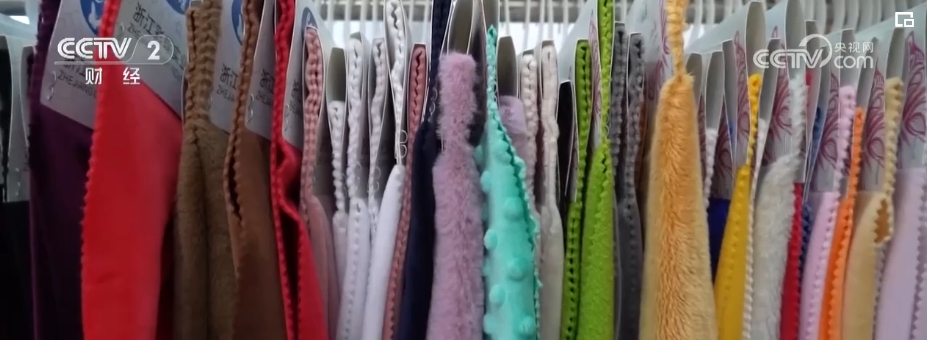
In the past 10 years, the company has seized the opportunity of the rapid growth of textile and garment industry in the countries that jointly built the "Belt and Road", done a good job in market segmentation according to the market characteristics of the countries that jointly built the "Belt and Road", and established extensive cooperative relations with customers in the countries that jointly built the "Belt and Road".
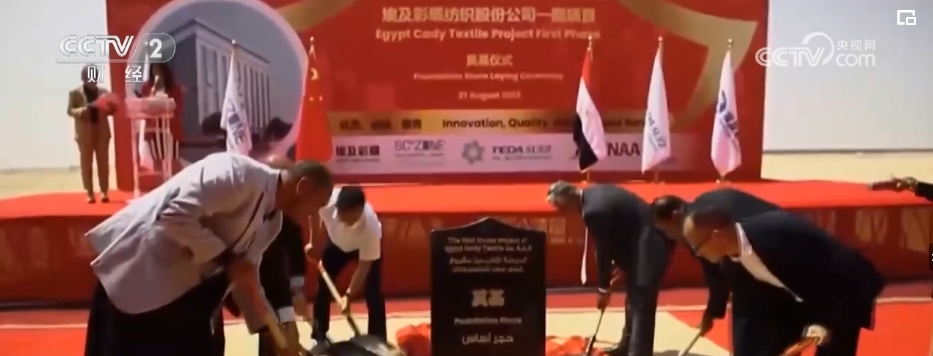
Just over 8,000 kilometers away in the China-Egypt TEDA Suez Economic and Trade Cooperation Zone, the first overseas factory of Caidie’s "Belt and Road" countries has officially laid the foundation stone. Compared with Butterfly, China Jushi, located in Tongxiang, Zhejiang Province, has taken the lead in setting up factories overseas in the Belt and Road Initiative.
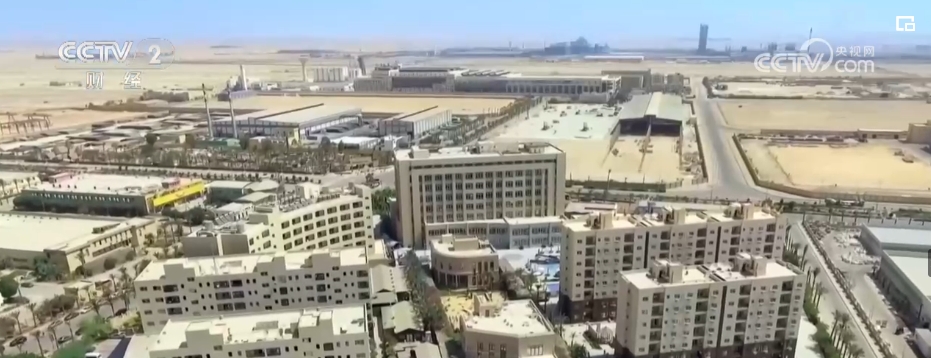
In 2012, China Jushi set up a factory in Egypt. In 10 years, Jushi Egypt’s glass fiber production capacity jumped from 80,000 tons to 340,000 tons. The rich local mineral resources and human resources have been effectively utilized, which directly promoted local development and directly created more than 2,000 local jobs.
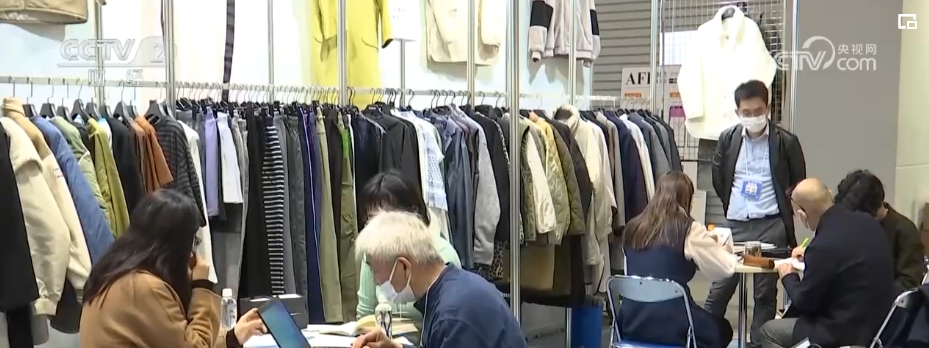
Enterprises are in action and the government is not idle. In 2024, Zhejiang Province will launch a new round of "thousands of enterprises" to expand the market and increase orders. In the first quarter, the province planned to organize 385 delegations, and planned to organize more than 4,000 enterprises with more than 6,000 people, including 128 delegations in January, with more than 1,500 enterprises planned. In 2024, we will strive to organize more than 1,000 delegations and more than 10,000 enterprises in the province to expand overseas and support more than 100 provincial-level key exhibitions.
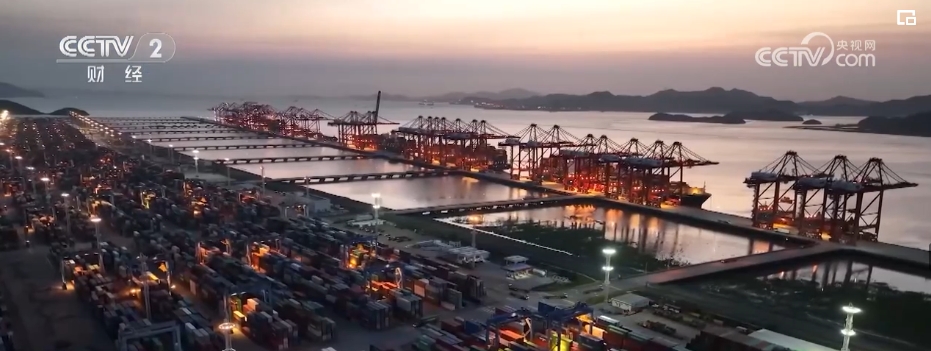
In 2023, Zhejiang’s foreign trade withstood multiple pressures such as sluggish external demand and falling prices, and its import, export and import all achieved positive growth. The bright data also shows that the diversified expansion of Zhejiang enterprises in the trade market is effective, and emerging markets are gradually becoming mature markets.
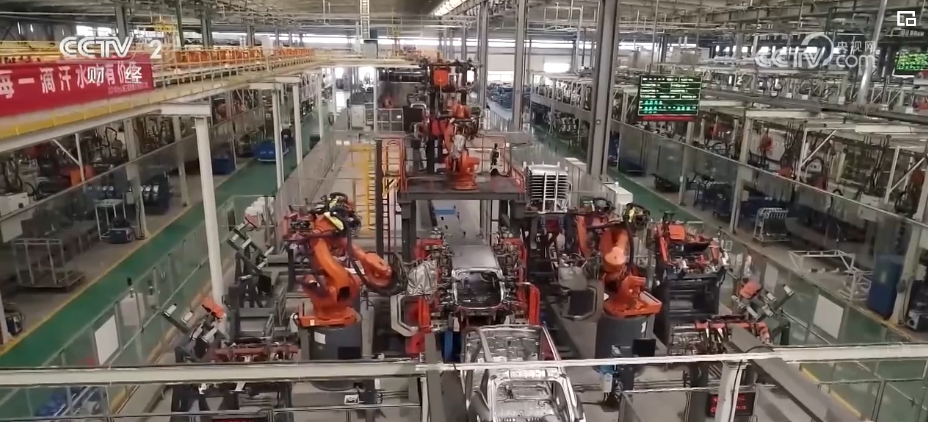
According to statistics, in 2023, Zhejiang imported and exported 2.55 trillion yuan to countries that jointly built the "Belt and Road", an increase of 8.2%, accounting for 52.1% of the province’s total import and export value, and contributing 89.5% to the province’s import and export growth.
The "second generation of factory" has undergone drastic transformation and upgrading, and foreign trade has made new development.
As a big province of private economy, Zhejiang’s "private foreign trade" has distinct characteristics. The data shows that Zhejiang private enterprises continue to play the role of "ballast stone" in stabilizing foreign trade. In 2023, the number of private enterprises with import and export performance in Zhejiang exceeded 100,000 for the first time, reaching 102,000, and the total import and export accounted for more than 80% of the province’s foreign trade for the first time, driving the province’s foreign trade growth rate by 5.6 percentage points.
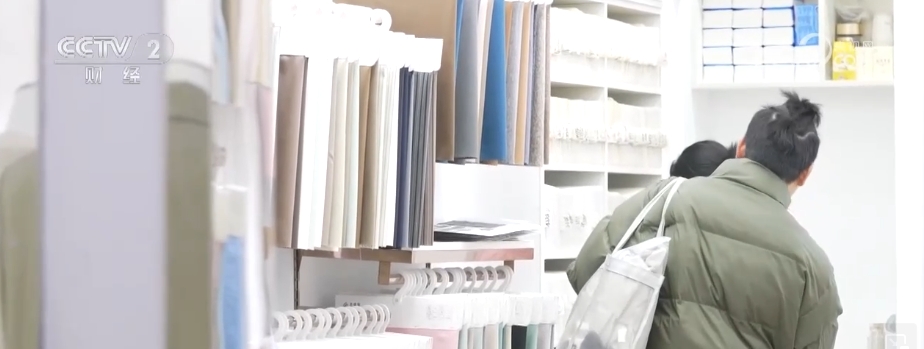
Behind the development of private foreign trade, the reporter found that from the early days of reform and opening up, private enterprises developed and expanded, and the older generation of factory directors seized the opportunity to save their family business to the period of transformation of old and new kinetic energy. A group of "post-80 s" and "post-90 s" young people took over the baton of their parents and became the "second generation of factories". Facing the current complicated foreign trade situation and the new environment of traditional manufacturing industry, how did they break through the trend?
Ke Qiao, Shaoxing, Zhejiang is the largest textile trade distribution center in the world. With the change of economic environment, the cost of labor and raw materials has risen sharply, but the order volume has dropped sharply.
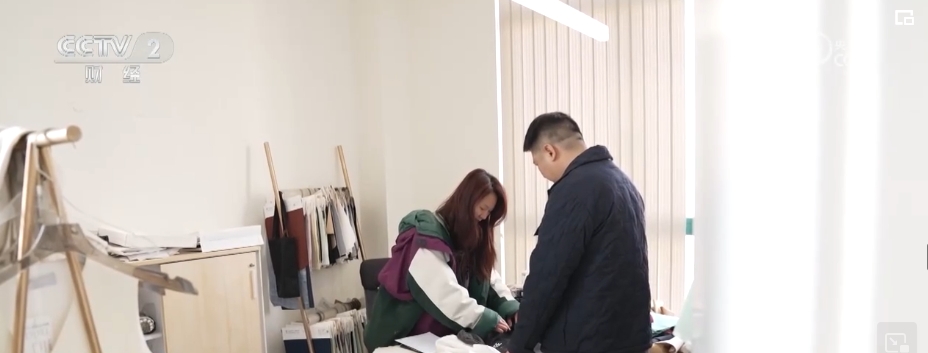
Shao Lingbin, the second generation of the factory, took over the enterprise in 2016. When it first took over, the enterprise still followed the traditional way of foreign trade development, relying on the mode of "receiving orders and producing" to make profits. However, with the intensification of product homogenization competition and the dilution of profits, the factory has fallen into a dilemma of development. As a last resort, Shao Lingbin began a drastic road of transformation.
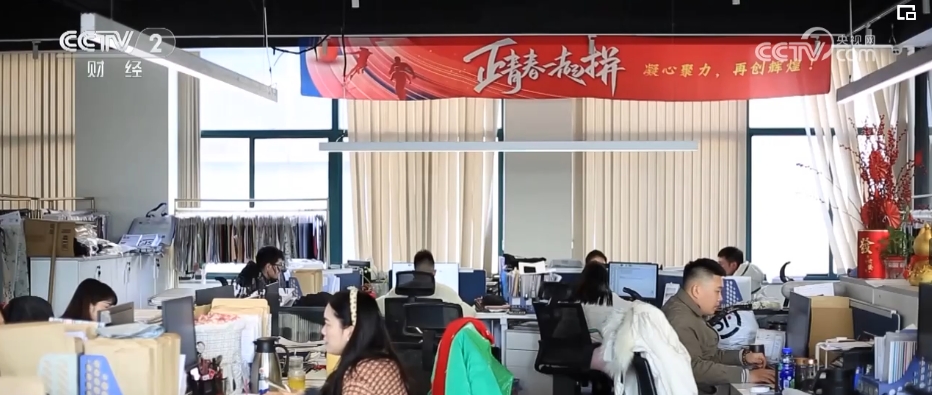
Shao Lingbin aims to be the top-notch in the industry, investing 10 million yuan in research and development expenses every year, setting up a special team and hiring high-end designers from all over the world with high salaries. After more than three years of research and development, the enterprise finally broke the technical monopoly of foreign enterprises on acetic acid fabrics, and became the national development base of acetic acid and polyester fashion fabrics in one fell swoop, successfully filling the gap in the domestic market.
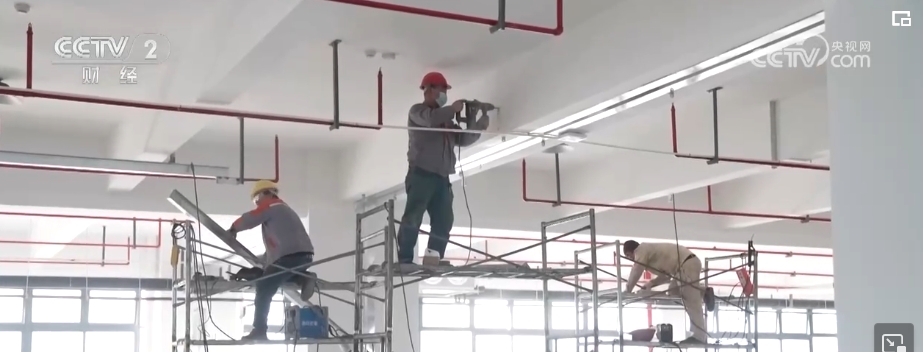
Yang Wei is a "post-80s" and a "second generation factory". At the beginning of the new year, the smart factory built by the enterprise with an investment of 150 million yuan has been partially put into production. During this time, he is busy purchasing equipment and checking the production line.
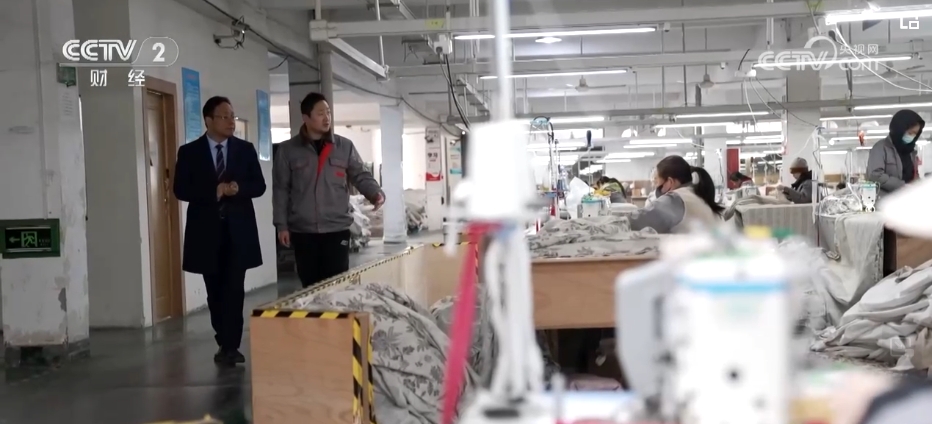
In fact, when he first planned to do intelligent transformation, Yang Wei also encountered many voices of doubt.
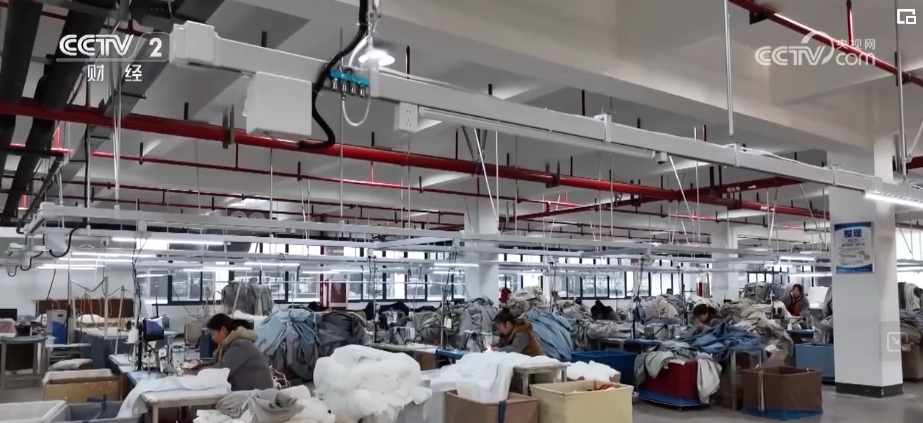
Yang Wei told reporters that after intelligent transformation, the production capacity of enterprises has increased by 50% and the production efficiency has increased by 30%.
Breakthrough of 1% to 10% The number of cross-border online stores in Zhejiang has increased by 20,000 annually.
With the rapid development of globalization and Internet technology, cross-border e-commerce has become a new kinetic energy for foreign trade development. At present, there are 199,000 active export online stores in Zhejiang Province, with an increase of 23,000 in 2023. The proportion of cross-border e-commerce goods in foreign trade has also increased from less than 1% in 2015 to nearly 10% in 2023. From "1" to "10", cross-border e-commerce is bringing new business opportunities to thousands of enterprises in Qian Qian.
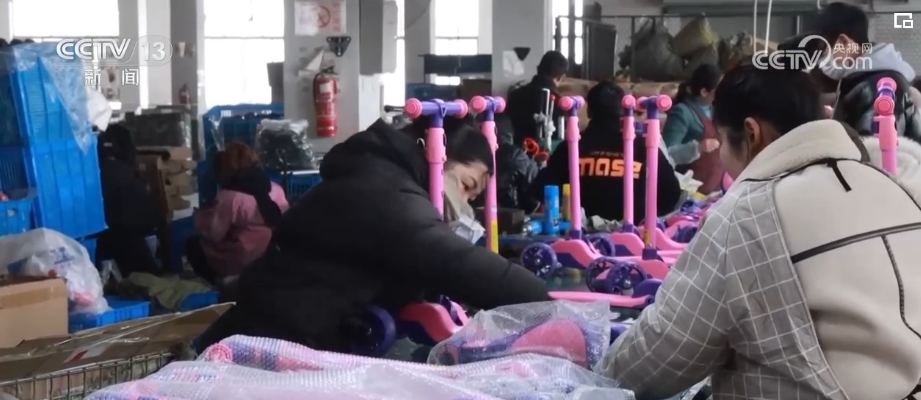
In a scooter manufacturer in Yongkang, Zhejiang, workers are rushing to make a batch of orders sent to Europe before the Spring Festival. In 2024, they just switched from domestic sales to cross-border e-commerce, and have already completed millions of dollars in sales.
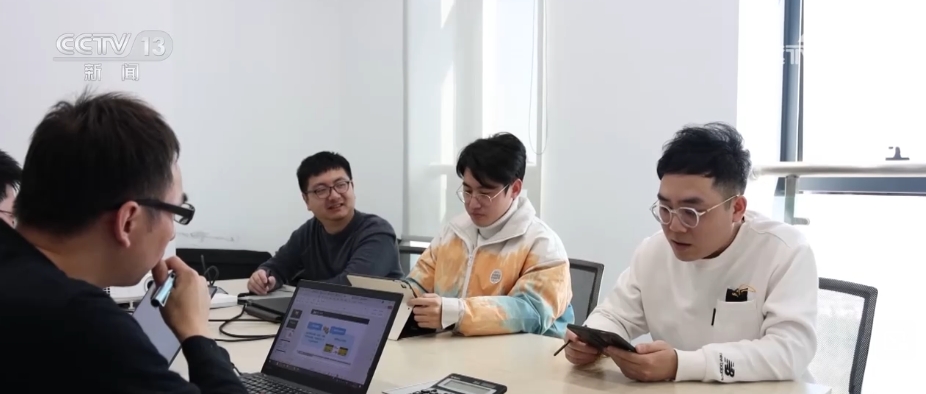
A cross-border e-commerce "zero-based" enterprise like this can not achieve such results in a short time without the guidance and training of service companies. Ruan Xueqing is the team leader responsible for the operation of this enterprise’s cross-border e-commerce project. In 2024, one tenth of the projects they received were pure domestic trade enterprises transformed into cross-border e-commerce.
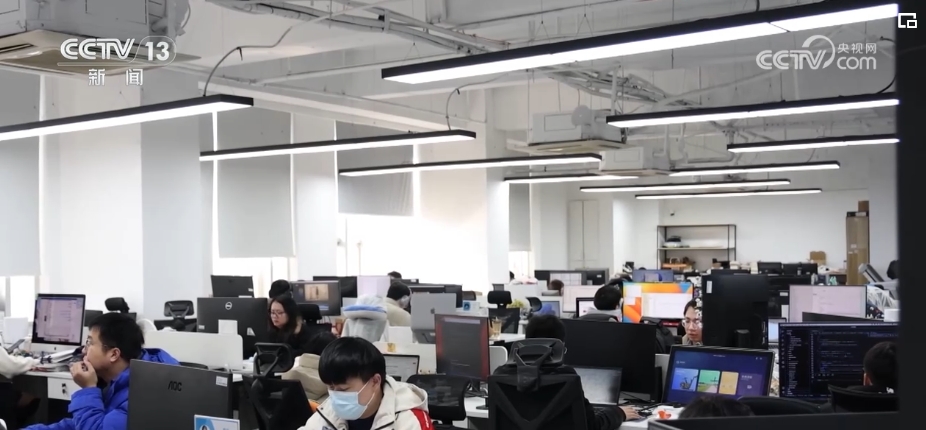
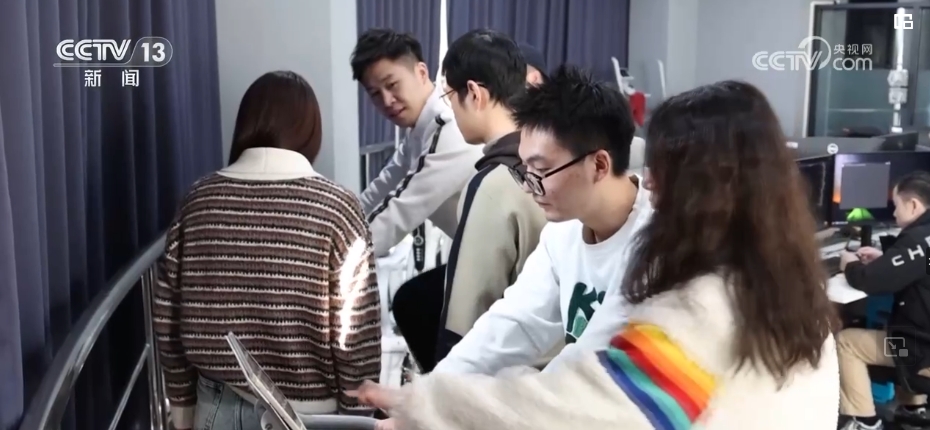
Nowadays, there are more and more domestic trade enterprises aiming at overseas "track". However, due to the different standards and needs of the domestic and foreign markets, the problem of "acclimatization" will also occur when domestic and foreign trade turn to each other. In the R&D department of this fitness equipment enterprise in Hangzhou, technicians are testing an intelligent spinning bike, which will be sold simultaneously in the international and domestic markets.
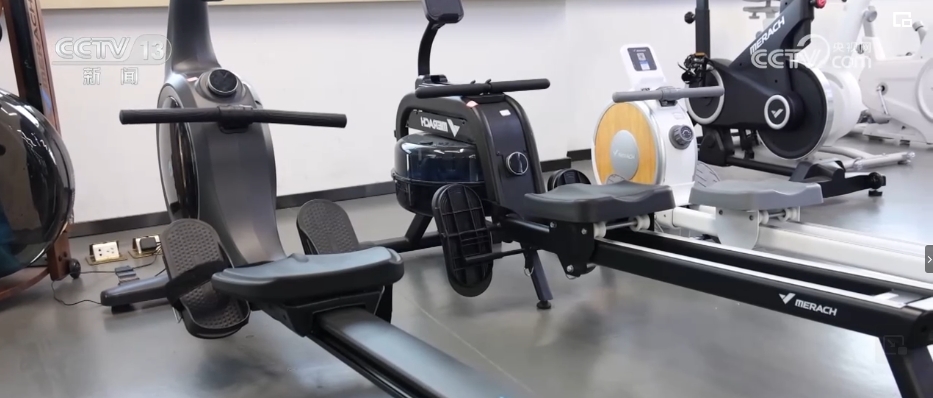
Since 2022, this enterprise has been "going out to sea" through cross-border e-commerce brands, and its export sales have doubled, which is almost the same as domestic sales. In a promotion activity of overseas e-commerce platform, one of their rowing machine products sold 4500 units in two days, equivalent to domestic sales for half a year.

According to the data of Zhejiang Provincial Department of Commerce, in 2023, the import and export of cross-border e-commerce in the province was 512.93 billion yuan, an increase of 18.9% year-on-year. Among them, the export was 393.28 billion yuan, an increase of 24%.